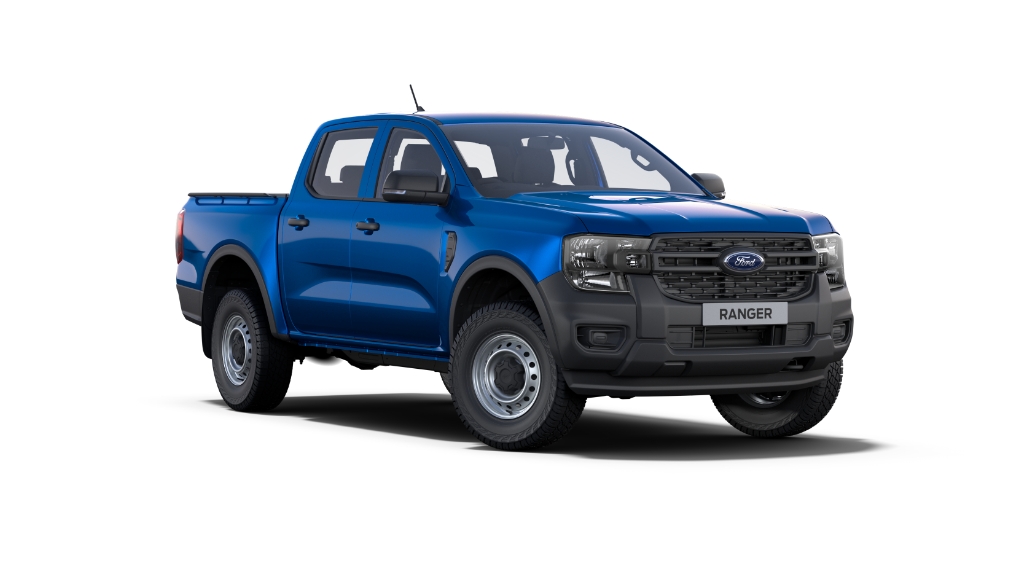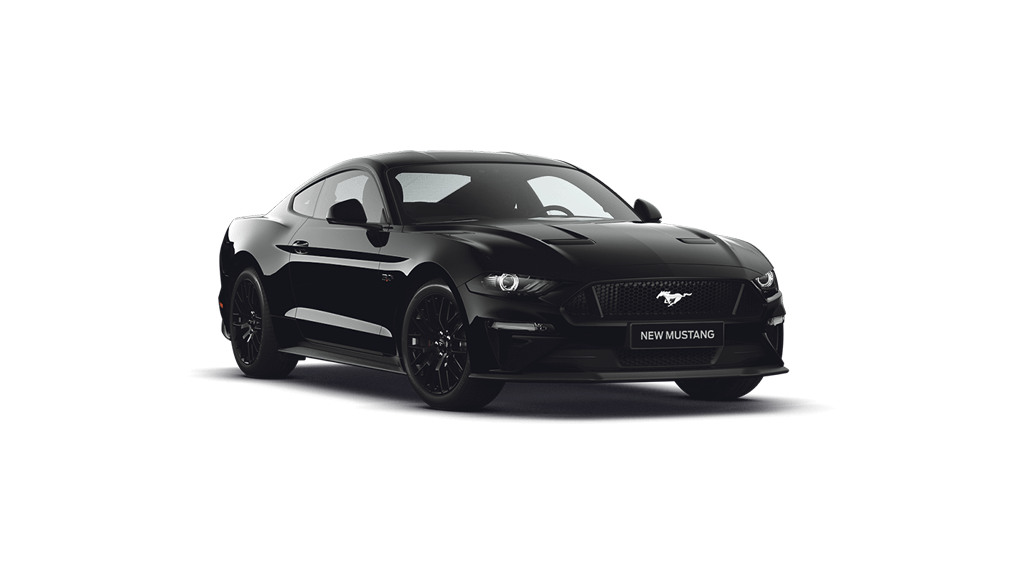Ford news
Ford Commences Production of New 3.0L V6 and Updated 2.0L Diesel Engines at Struandale Engine Plant

- Introduction of third diesel engine program, new 3.0L V6, the result of a R600-million investment in the Ford Struandale Engine Plant for Next-Generation Ranger
- 3.0L V6 Diesel assembled on modernised line along with current Duratorq TDCi engines, running flexible production format – the only Ford facility in the world to produce V and in-line engines on same line
- Latest technologies and quality control systems for maximum quality, including GPS tool positioning system, torque-to-turn monitoring and multiple camera stations
- Design changes and additional derivatives introduced for 2.0L Single Turbo and Bi-Turbo engines to be launched in Next-Gen Ranger
- Extensive performance, quality and durability tests performed for all three engine programs
GQEBERHA, South Africa, 8 September 2022 – In preparation for the upcoming launch of the Next-Generation Ford Ranger later this year, the Ford Struandale Engine Plant in Gqeberha has commenced production of the latest addition to its engine family – the 3.0L V6 Diesel, which will power the range-topping Ranger pick-up models to be produced at the Silverton Assembly Plant in Pretoria.
This forms part of Ford’s R600-million investment in the Struandale Engine Plant operations, which has also facilitated upgrades to the existing assembly line for the 2.0L Single Turbo and Bi-Turbo diesel engines. Design changes and additional derivatives of the engines have been added for the Next-Gen Ranger, which will be sold locally and exported to more than 100 global markets.
“The modernisation and upgrades to the Struandale Engine Plant began in July 2021, and the construction was completed on time in December, ready to begin our tooling trials and pre-production runs this year in preparation for Job 1 for both engine programs commencing in August,” says Shawn Govender, Plant Manager of the Ford Struandale Engine Plant.
“In its updated and extended format, the assembly line that is now producing the new 3.0L V6 turbodiesel continues with production of the existing 2.2 and 3.2 Duratorq TDCi engines, making it the only facility of its kind in the Ford world that produces both V-configuration and in-line engines on the same line,” Govender says. “Although this was a major challenge for our team and required a lot of creative and innovative thinking, it was essential to make optimal use of our facilities to contain the total investment required, and ensure that we are competitive from a cost-per-unit perspective.”
Relying on a flexible production format, with scheduled batches of the two different engine programs being assembled, the line incorporates 40 stations that are common to both units and a further 25 stations that are unique to the 3.0L V6 Diesel. The total installed capacity for this line is 130 000 engines per year.
“The investment in extending and retooling this assembly line allowed us to modernise the facility by introducing the latest advancements in traceability and quality management technologies, including highly accurate GPS tool positioning systems, torque-to-turn monitoring for every bolt on the engine, and multiple camera stations that validate and record the accurate fitment of parts throughout the production process,” Govender explains. “This guarantees that every engine we produce is of the highest quality, and will complement the significant improvements in performance, efficiency and refinement that will be hallmarks of the Next-Gen Ranger.
“Our employees have undergone extensive training with our in-house team and global Powertrain Manufacturing Engineering specialists to ensure that they are fully equipped to manage the complexity and maximise the efficiencies of the flexible production format for the two engine programs.”
The Struandale Engine Plant is also responsible for machining of the cylinder heads for the 3.0L V6 Diesel, which is performed in a completely revamped facility using new and redeployed machines that have been updated with the latest tooling, operating and quality control systems.
2.0L Single Turbo and Bi-Turbo
The R600-million Struandale Engine Plant investment introduced numerous changes for the latest versions of the highly rated 2.0L Single Turbo and 2.0L Bi-Turbo diesel engines that will be the core line-up for the Next-Gen Ranger. Around 23 design changes were implemented for the new application, while the number of derivatives produced on the dedicated assembly line for this engine program has increased from nine to 13.
“Most of the updates introduced were to accommodate the design of the Next-Gen Ranger, while further improvements have been made to the noise, vibration and harshness (NVH) characteristics of the engines for even greater comfort and refinement,” Govender says. “The quality, reliability and durability of this engine program is exceptional matched to superb fuel economy, and these are traits that will shine through in the Next-Gen Ranger.”
To support the increased demand for the 2.0-litre diesel engines, the plant has gone from the previous two shifts to 2.5 shifts, with a total installed capacity for producing up to 120 000 engines per year.
Tested to the limit
As with any new or updated engine program, the new 3.0L V6 Diesel and latest specification 2.0L Single Turbo and Bi-Turbo engines are subjected to exhaustive in-process and off-line testing. Additionally, the existing Duratorq TDCi engines have also undergone extensive tests to ensure that the advanced production systems, tooling and technologies used on the modernised flexible assembly line are within specification.
Using the most advanced engine dynamometer to be installed at the Struandale Engine Plant to date, the 3.0L V6 Diesel endured a rigorous testing regime, including a series of 10 conformity of production (COP) tests spanning 20 hours each. This is a standardised control test used to qualify vehicles or components throughout the world.
Three 275-hour engine fatigue tests (EFTs) were conducted, with the accelerated test evaluating the engine’s robustness against structural fatigue caused by repetitive mechanical loading at high speeds and cylinder pressures. A further 100-hour engine fatigue test was also completed as part of the validation process.
Thereafter a 115-hour GloTherm accelerated dynamometer test was done to validate the engine sealing system (including the cylinder head gasket) and certain structural engine components through exposure to extreme thermal cycling. And, finally, a 150-hour GloSys test was performed to evaluate the durability and reliability of the engine under simulated customer driving conditions.
On the updated 2.0L SiT/BiT engines a total of four 20-hour COP tests were done, along with three 275-hour engine fatigue tests, and two 100-hour GloSys tests. Similarly, the Duratorq TDCi engines underwent three 20-hour COP tests and a 154-hour durability test.
“The extensive and rigorous dynamometer tests are essential in validating the training of our employees, the application of the production processes and systems, as well as the performance and durability of the engines as part of our commitment to delivering world-class quality for our customers,” Govender says.
Original Article: Ford Dealerview











